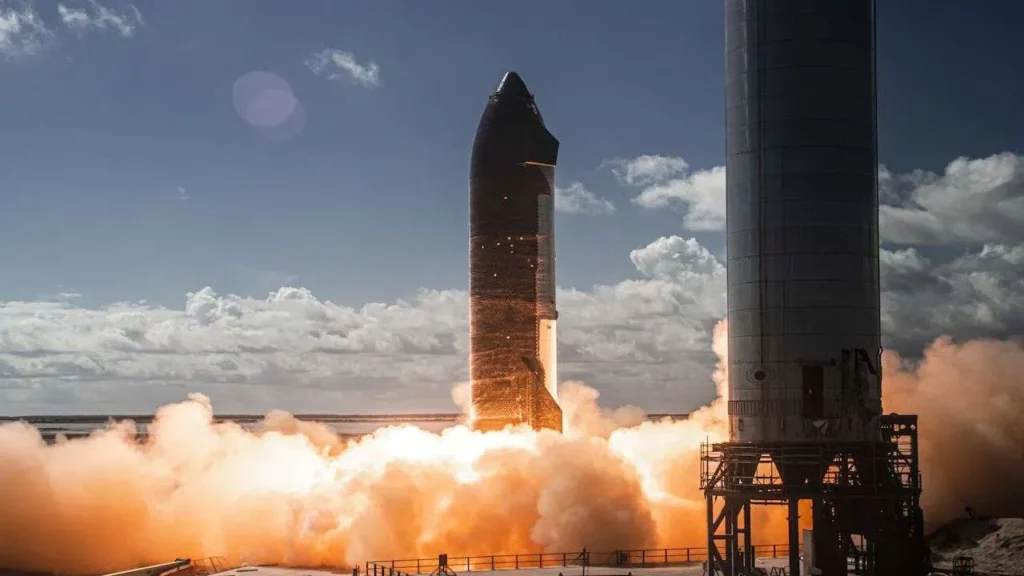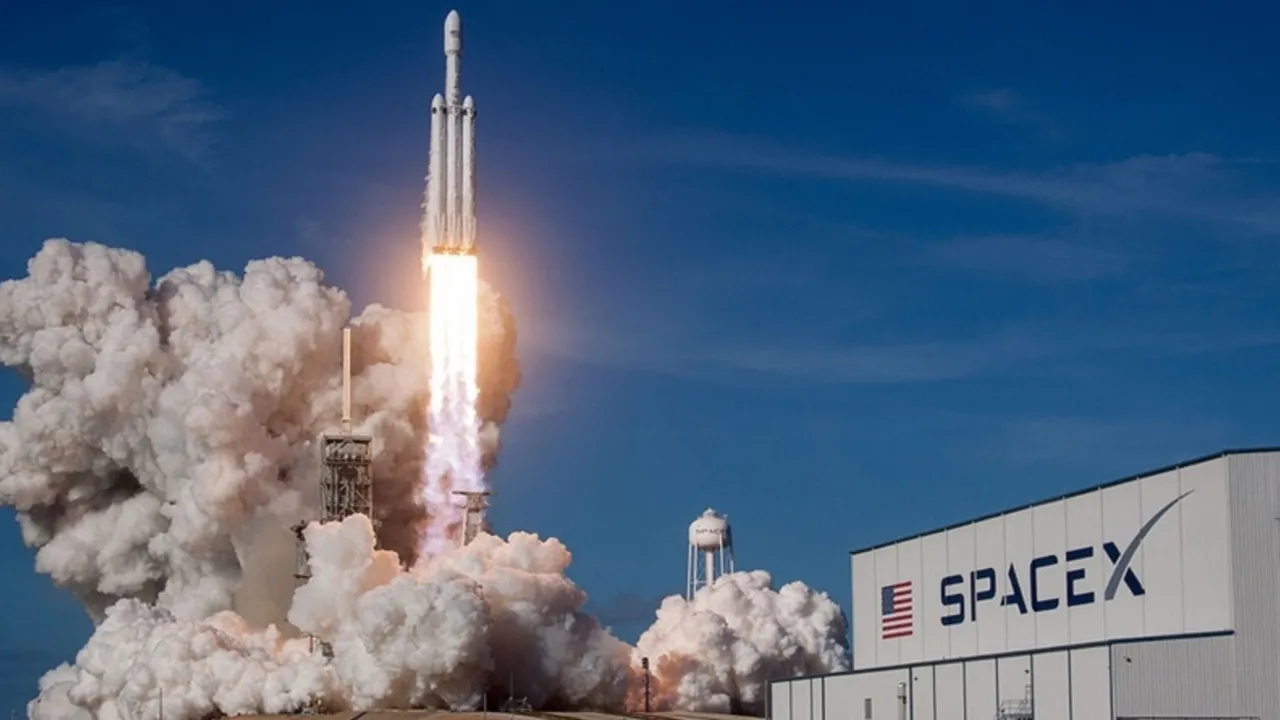SpaceX is once again counting down to a Starship launch, but this time, all eyes are on what may be its most demanding trial to date. The tenth flight test, scheduled to lift off from the company’s Starbase facility in Texas at 2:30 AM (local time), will push the spacecraft’s systems harder than ever both on ascent and during reentry.
Starship’s 10th flight aims beyond just liftoff

The upcoming test won’t just be a re-run of previous missions. SpaceX plans to perform high-risk maneuvers with both the Super Heavy booster and Starship upper stage, targeting controlled splashdowns in the Gulf of Mexico and the Indian Ocean, respectively.
Following liftoff, the Super Heavy booster will conduct a sequence of experimental burns and descent profiles. One of the final maneuvers will see SpaceX intentionally disable one of the three central Raptor engines to test fallback landing scenarios using only two motors. It’ll then hover over the ocean briefly before aiming for splashdown.
Meanwhile, the Starship upper stage will carry eight full-scale Starlink payload mockups, which will not enter orbit. Instead, the goal is to push Starship through reentry conditions while testing key heatshield changes and wing loads.
SpaceX’s Key experiments are packed into one flight
This isn’t just a stress test for hardware; it’s a litmus test for SpaceX’s rapid iteration approach. A few of the planned tests include:
- Multiple engine relights during Super Heavy descent
- Testing engine redundancy for landing scenarios
- Raptor reignition in space
- Heatshield stress testing with missing tiles
- Evaluation of new metal tiles, including actively cooled variants
- Intentional overloading of aerodynamic surfaces
Every maneuver is built around the company’s core strategy: “build-fly-fix-repeat.”
NASA’s eyes are on the prize
Starship’s performance has far-reaching implications. NASA has already committed $4 billion toward two Starship contracts for the Artemis program, which will land astronauts on the Moon. But before that can happen, SpaceX needs to prove Starship can handle not just launch, but also reentry, fuel transfer in orbit, and precision landings.
As the cost of development climbs past $7.5 billion at Starbase and another $1.8 billion is planned for launch infrastructure in Florida, the pressure is mounting.
What’s at stake for SpaceX?
This is SpaceX’s fourth Starship test flight in 2025. The last attempt made history with a successful Super Heavy reuse but ended in disappointment when both stages were lost: Starship disintegrated on reentry and the booster exploded on splashdown. An earlier static fire test also ended in a dramatic explosion on the launch stand.
This time, failure isn’t off the table, but the company is betting on progress. Engineers from the Falcon 9 program have been reassigned to the Starship team, reflecting SpaceX’s belief that this vehicle will eventually launch massive next-gen Starlink satellites, support lunar missions, and one day, go interplanetary.
Another step in a long game
Whether the test ends in flame or flight, the data gathered will be vital. SpaceX is making a massive bet on the future of space access with Starship; it’s not just a rocket. Tonight’s flight is one more turn of the wrench in Elon Musk’s biggest engineering gamble yet.














